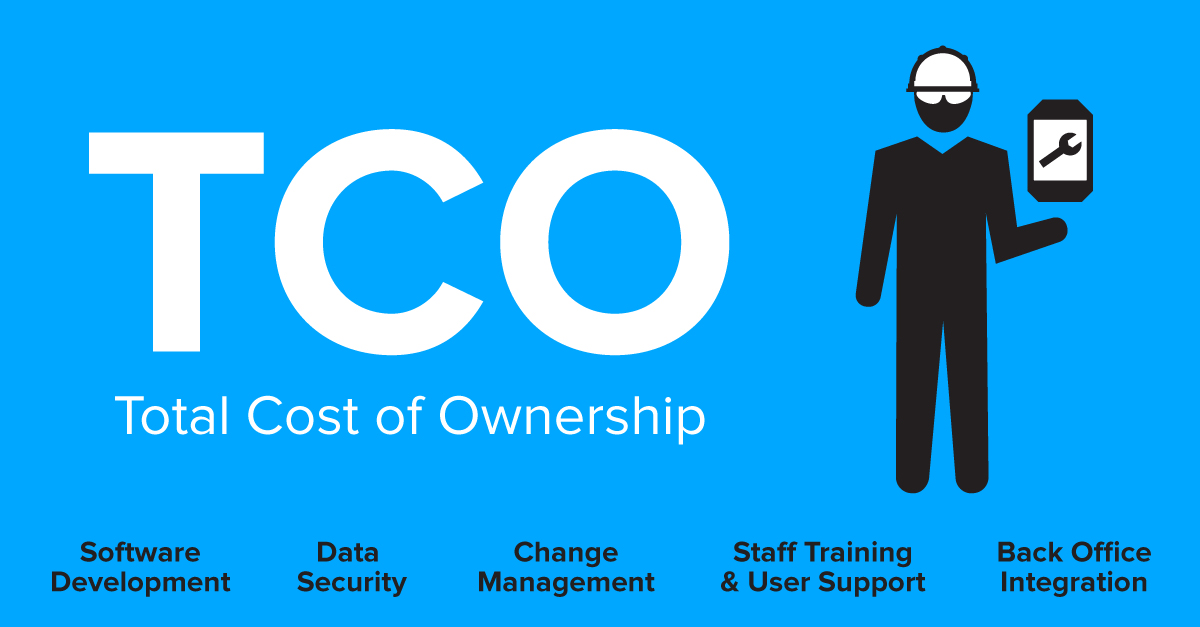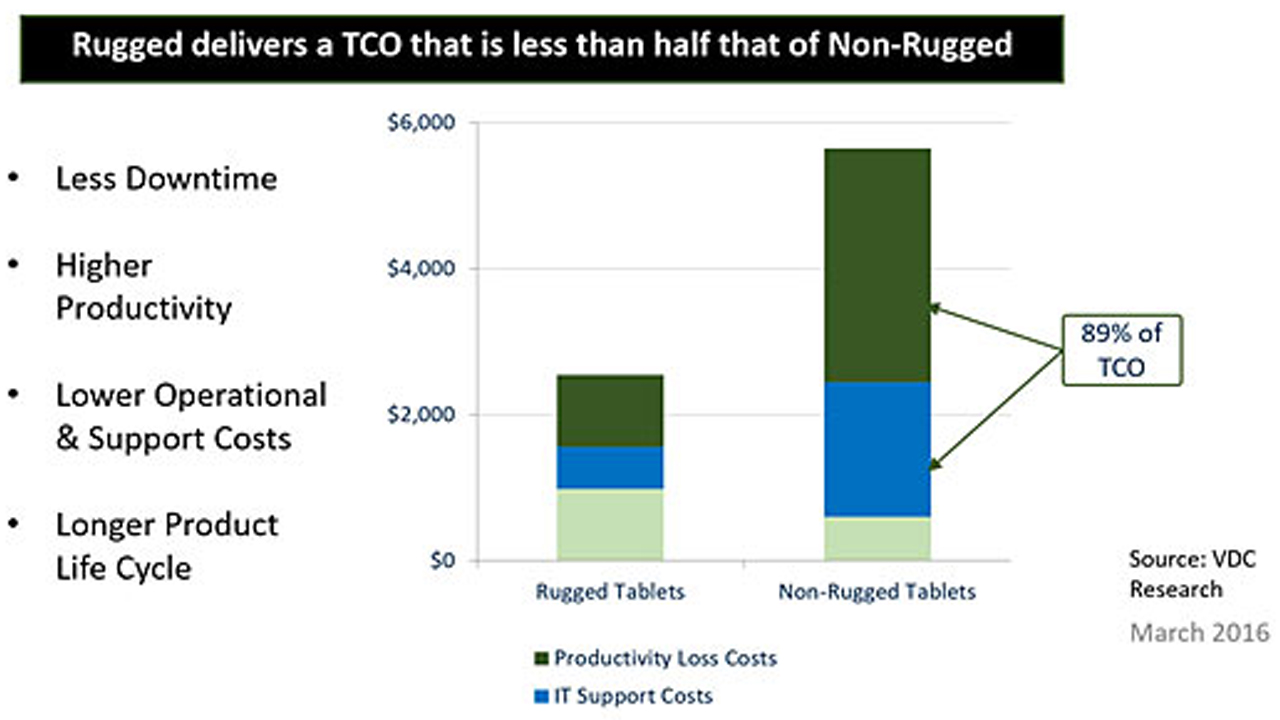Transform retail operations with Zebra’s retail technology solutions, featuring hardware and software for improving inventory management and empowering teams.
Streamline operations with Zebra’s healthcare technology solutions, featuring hardware and software to improve staff collaboration and optimize workflows.
Enhance processes with Zebra’s manufacturing technology solutions, featuring hardware and software for automation, data analysis, and factory connectivity.
Zebra’s transportation and logistics technology solutions feature hardware and software for enhancing route planning, visibility, and automating processes.
Learn how Zebra's public sector technology solutions empower state and local governments to improve efficiency with asset tracking and data capture devices.
Zebra's hospitality technology solutions equip your hotel and restaurant staff to deliver superior customer and guest service through inventory tracking and more.
Zebra's market-leading solutions and products improve customer satisfaction with a lower cost per interaction by keeping service representatives connected with colleagues, customers, management and the tools they use to satisfy customers across the supply chain.
Empower your field workers with purpose-driven mobile technology solutions to help them capture and share critical data in any environment.
Zebra's range of Banking technology solutions enables banks to minimize costs and to increase revenue throughout their branch network. Learn more.
Zebra's range of mobile computers equip your workforce with the devices they need from handhelds and tablets to wearables and vehicle-mounted computers.
Zebra's desktop, mobile, industrial, and portable printers for barcode labels, receipts, RFID tags and cards give you smarter ways to track and manage assets.
Zebra's 1D and 2D corded and cordless barcode scanners anticipate any scanning challenge in a variety of environments, whether retail, healthcare, T&L or manufacturing.
Zebra's extensive range of RAIN RFID readers, antennas, and printers give you consistent and accurate tracking.
Choose Zebra's reliable barcode, RFID and card supplies carefully selected to ensure high performance, print quality, durability and readability.
Zebra's location technologies provide real-time tracking for your organization to better manage and optimize your critical assets and create more efficient workflows.
Zebra's rugged tablets and 2-in-1 laptops are thin and lightweight, yet rugged to work wherever you do on familiar and easy-to-use Windows or Android OS.
With Zebra's family of fixed industrial scanners and machine vision technologies, you can tailor your solutions to your environment and applications.
Zebra’s line of kiosks can meet any self-service or digital signage need, from checking prices and stock on an in-aisle store kiosk to fully-featured kiosks that can be deployed on the wall, counter, desktop or floor in a retail store, hotel, airport check-in gate, physician’s office, local government office and more.
Adapt to market shifts, enhance worker productivity and secure long-term growth with AMRs. Deploy, redeploy and optimize autonomous mobile robots with ease.
Discover Zebra’s range of accessories from chargers, communication cables to cases to help you customize your mobile device for optimal efficiency.
Zebra's environmental sensors monitor temperature-sensitive products, offering data insights on environmental conditions across industry applications.
Enhance frontline operations with Zebra’s AI software solutions, which optimize workflows, streamline processes, and simplify tasks for improved business outcomes.
Zebra Workcloud, enterprise software solutions boost efficiency, cut costs, improve inventory management, simplify communication and optimize resources.
Keep labor costs low, your talent happy and your organization compliant. Create an agile operation that can navigate unexpected schedule changes and customer demand to drive sales, satisfy customers and improve your bottom line.
Drive successful enterprise collaboration with prioritized task notifications and improved communication capabilities for easier team collaboration.
Get full visibility of your inventory and automatically pinpoint leaks across all channels.
Reduce uncertainty when you anticipate market volatility. Predict, plan and stay agile to align inventory with shifting demand.
Drive down costs while driving up employee, security, and network performance with software designed to enhance Zebra's wireless infrastructure and mobile solutions.
Explore Zebra’s printer software to integrate, manage and monitor printers easily, maximizing IT resources and minimizing down time.
Make the most of every stage of your scanning journey from deployment to optimization. Zebra's barcode scanner software lets you keep devices current and adapt them to your business needs for a stronger ROI across the full lifecycle.
RFID development, demonstration and production software and utilities help you build and manage your RFID deployments more efficiently.
RFID development, demonstration and production software and utilities help you build and manage your RFID deployments more efficiently.
Zebra DNA is the industry’s broadest suite of enterprise software that delivers an ideal experience for all during the entire lifetime of every Zebra device.
Advance your digital transformation and execute your strategic plans with the help of the right location and tracking technology.
Boost warehouse and manufacturing operations with Symmetry, an AMR software for fleet management of Autonomous Mobile Robots and streamlined automation workflows.
The Zebra Aurora suite of machine vision software enables users to solve their track-and-trace, vision inspection and industrial automation needs.
Zebra Aurora Focus brings a new level of simplicity to controlling enterprise-wide manufacturing and logistics automation solutions. With this powerful interface, it’s easy to set up, deploy and run Zebra’s Fixed Industrial Scanners and Machine Vision Smart Cameras, eliminating the need for different tools and reducing training and deployment time.
Aurora Imaging Library™, formerly Matrox Imaging Library, machine-vision software development kit (SDK) has a deep collection of tools for image capture, processing, analysis, annotation, display, and archiving. Code-level customization starts here.
Aurora Design Assistant™, formerly Matrox Design Assistant, integrated development environment (IDE) is a flowchart-based platform for building machine vision applications, with templates to speed up development and bring solutions online quicker.
Designed for experienced programmers proficient in vision applications, Aurora Vision Library provides the same sophisticated functionality as our Aurora Vision Studio software but presented in programming language.
Aurora Vision Studio, an image processing software for machine & computer vision engineers, allows quick creation, integration & monitoring of powerful OEM vision applications.
Adding innovative tech is critical to your success, but it can be complex and disruptive. Professional Services help you accelerate adoption, and maximize productivity without affecting your workflows, business processes and finances.
Zebra's Managed Service delivers worry-free device management to ensure ultimate uptime for your Zebra Mobile Computers and Printers via dedicated experts.
Find ways you can contact Zebra Technologies’ Support, including Email and Chat, ask a technical question or initiate a Repair Request.
Zebra's Circular Economy Program helps you manage today’s challenges and plan for tomorrow with smart solutions that are good for your budget and the environment.
The Zebra Knowledge Center provides learning expertise that can be tailored to meet the specific needs of your environment.
Zebra has a wide variety of courses to train you and your staff, ranging from scheduled sessions to remote offerings as well as custom tailored to your specific needs.
Build your reputation with Zebra's certification offerings. Zebra offers a variety of options that can help you progress your career path forward.
Build your reputation with Zebra's certification offerings. Zebra offers a variety of options that can help you progress your career path forward.

Putting the “Total” Back in Total Cost of Ownership – Part 2
In my last blog post, I mentioned that nearly three-quarters of respondents to Zebra’s recent Future of Field Operations Vision Study conduct a TCO analysis when evaluating their field operations technology options. However, there are two points I want to emphasize:
1. A TCO analysis should be conducted EVERY time you buy mobile technology. It will help you secure executive approval for your project and identify early on if there are any hidden costs to your preferred solution.
2. A TCO analysis should always consider the direct and indirect costs. Otherwise you risk miscalculating the TCO and your potential return on investment (ROI).
How to Conduct a TCO Analysis
Though each company’s TCO model will vary, there are standard direct and indirect costs to work in every time. It is also important to consider the balance of your OPEX and CAPEX. For example, these additional IT costs cover a lot of things; the cost of re-provisioning devices is just one of them. There are the costs to purchase and maintain the information systems that support these devices and the MDM (Mobile Device Management) work for security and updates.
I know, there is a difference between capital budgets and salary budgets. But with a financial perspective that only considers the capital budget, IT budgets get strained – too much work to maintain the wrong systems, not enough time to get ahead of issues. Remember, if management chooses the wrong device and causes an undue burden on IT, management isn’t going to say “oops”. They are going to demand that IT do better with their resources to keep their field workers working.

Which brings us to the top portion of the bars, the lost productivity. The couple of hours that a tech doesn’t have access to a mobile computer – whether because it broke or had to be sent back to IT for an update – are the biggest costs. It doesn’t take long for the lost hours to cost more in lost productivity than the cost differential of the initial purchase price. Can they see the screen in direct sunlight, or do they have to waste time moving around just to read the display? Will the touchscreen work when wet or will it have to be wiped off first? And consumer devices that don’t have the right peripherals to both streamline the work and reduce errors will contribute even further to lost productivity. These are things like True Serial ports to connect to industrial equipment, RFID readers with protocols you’ll never find on consumer devices, and barcode imaging systems that quickly read barcodes, even those barcodes many feet away on equipment above the worker on a pole or down in a manhole. This lack of direct connectivity, and error-prone manual data input that results, all equates to unnecessarily lost time that costs the organization. (Camera-plus-software barcode systems can’t match the speed, accuracy or range of imagers.)
Now, as I mentioned before, each organization is different and has different cost structures. Use this handy TCO calculator to enter your specific variables and see how these choices play out in your case.
But, keep in mind that even analyst-derived calculations aren’t always all-inclusive of the line items relevant to you.
For example, one thing that doesn’t appear in VDC’s TCO analysis is the issue of aligning product life cycles. If you have a 5-year plan to support one workflow, you need devices that have a matching 5-year life. This means systems with enough horsepower and memory to be viable in the future, and the flexibility to upgrade to support multiple OS generations and multiple workflow software implementations if needed. You’ll also want to ensure that the mobile computing platform is supported by an array of vehicle docks, peripherals and other accessories that will fit your current-day specs.
You want to be able to update your mobile computer to the next generation in 3-5 years without having to replace accessories too. Look specifically at carrying cases, docks, and the rest of the associated devices – have they been the same for years already? What about the device itself? Has the form factor, or really the dimensions, changed over the last few generations? And is the manufacturer planning to keep the form factor the same – and therefore offer continued compatibility with the accessories in the future? The right answer to this question is always “yes”. Look at their historical device progression to confirm, and ask to see the manufacturers’ own roadmap if needed to increase your confidence that you’ll have the platform stability they promise.
No matter what, though: remember that there is more to the TCO stats than comparing how many cheap mobile computers will break versus the perceived “premium” sticker price for truly enterprise-grade mobile computers. Organizational and productivity costs dwarf the initial device purchase price every time and, beyond that, will determine whether your organization will have to be constantly reactive to issues or enjoy a stable platform upon which to plan and digitize the next generation operational system that works best for your workers. You won’t just lower your costs. There are more productive uses for your IT department’s time than replacing broken field units.
To learn more on how industry leaders are planning to transform their field operations, read the full Future of Field Operations Vision Study today.

Bob Ashenbrenner
Durable Mobility Technologies, LLC, under the direction of Bob Ashenbrenner, works with Zebra Technologies to develop future-proof mobility solutions for customers across multiple field service and industrial sectors. As an industry consultant, Durable Mobility Technologies, LLC, is focused on optimizing rugged tablet-based solutions for mobile workers of all kinds, including utility and public safety professionals. Ashenbrenner is particularly committed to helping customers identify mobile devices that survive a tough work day, run all the software and tools needed today, and will remain flexible and scalable to adapt to evolving technology applications as business needs dictate.
Ashenbrenner has more than 25 years of computer engineering and engineering management experience, with 18 of those specific to mobility and the field requirements that enable real work to happen. He was previously a Solutions Architect with Xplore Technologies and Motion Computing for 13 years. In that role, Ashenbrenner led the development of a suite of rugged mobile tablet computer, services and software, with an emphasis on supporting the whole mobile work environment.
Zebra Developer Blog
Zebra Developer BlogZebra Developer Blog
Are you a Zebra Developer? Find more technical discussions on our Developer Portal blog.
Zebra Story Hub
Zebra Story HubZebra Story Hub
Looking for more expert insights? Visit the Zebra Story Hub for more interviews, news, and industry trend analysis.
Search the Blog
Search the BlogSearch the Blog
Use the below link to search all of our blog posts.
Most Recent
Legal Terms of Use Privacy Policy Supply Chain Transparency
ZEBRA and the stylized Zebra head are trademarks of Zebra Technologies Corp., registered in many jurisdictions worldwide. All other trademarks are the property of their respective owners. ©2025 Zebra Technologies Corp. and/or its affiliates.






